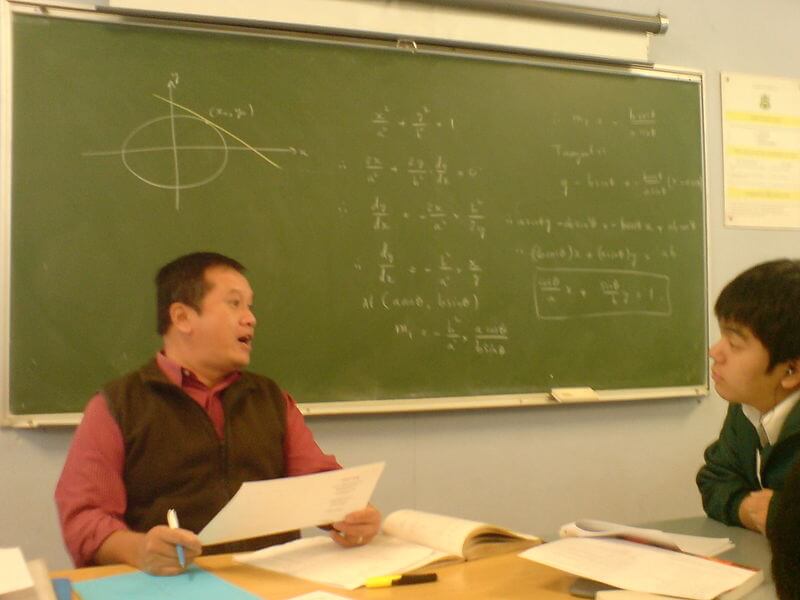This is according to a report of the Central Bureau of Student Statistics: trends in the teaching of mathematics and science in the upper division, 2012-1996. Students in Israel study more math and less science

The Central Bureau of Statistics published a report this week entitled Trends in Mathematics and Science Teaching in the Upper Division, 2012-1996. The report shows that while mathematics studies were strengthened during the time of the two previous ministers of education, this was at the expense of a decrease in investment in physics and chemistry studies. However, in mathematics it is mainly an increase in the number of students studying 3 study units.
As you may recall, in recent years senior officials in the high-tech industry have been warning about the drop in the number of matriculation graduates by 5 units in both math and science. The data now provide support for these warnings. Another disturbing fact - young teachers do not want to teach science. The number of teachers aged 53 and over who teach chemistry has been increasing.
The main points of the report:
Between 1996 and 2012
- The total number of teaching hours in mathematics increased by 100 percent and the average number of hours per student in mathematics increased by 70 percent.
- In Hebrew education, the total number of teaching hours and the average number of hours per student in the subject of chemistry decreased by approximately forty percent
- The proportion of schools that teach biology is on a noticeable upward trend throughout the system.
- The proportion of schools teaching chemistry in state-religious education dropped from 43 percent to 16 percent.
- In the Hebrew state education, there was a decrease in the number of teaching hours in physics until 2007, since then an upward trend is evident.
- The proportion of teachers aged 53 and over in the scientific professions is on the rise.
- The proportion of those with a master's degree or higher is on the rise among science teachers.
- In Hebrew education, women are a minority in the subject of physics, in contrast to their being the majority in mathematics and in the upper division as a whole.
- In the years 2012-2006, the rate of university graduates among the young mathematics teachers is lower than among the (young) physics and chemistry teachers.
In 2012
- The proportion of schools that teach physics in state-religious education (54%) is smaller than the proportion in Hebrew and Arab state education (68%).
- Among the scientific subjects, biology is the most popular subject in terms of learning hours (according to a survey of teaching hours).
- The percentage of immigrants among the teachers in the scientific subjects (22%-31%) with the exception of biology (6%) is high compared to their percentage in the upper division as a whole (10%).
- The average of the quantitative psychometric scores of the young physics teachers (up to the age of 40) is high compared to biology, chemistry and mathematics teachers.
- In 2009, the average matriculation scores of the young physics teachers (up to the age of 35) is significantly higher than the score of the young mathematics teachers.
